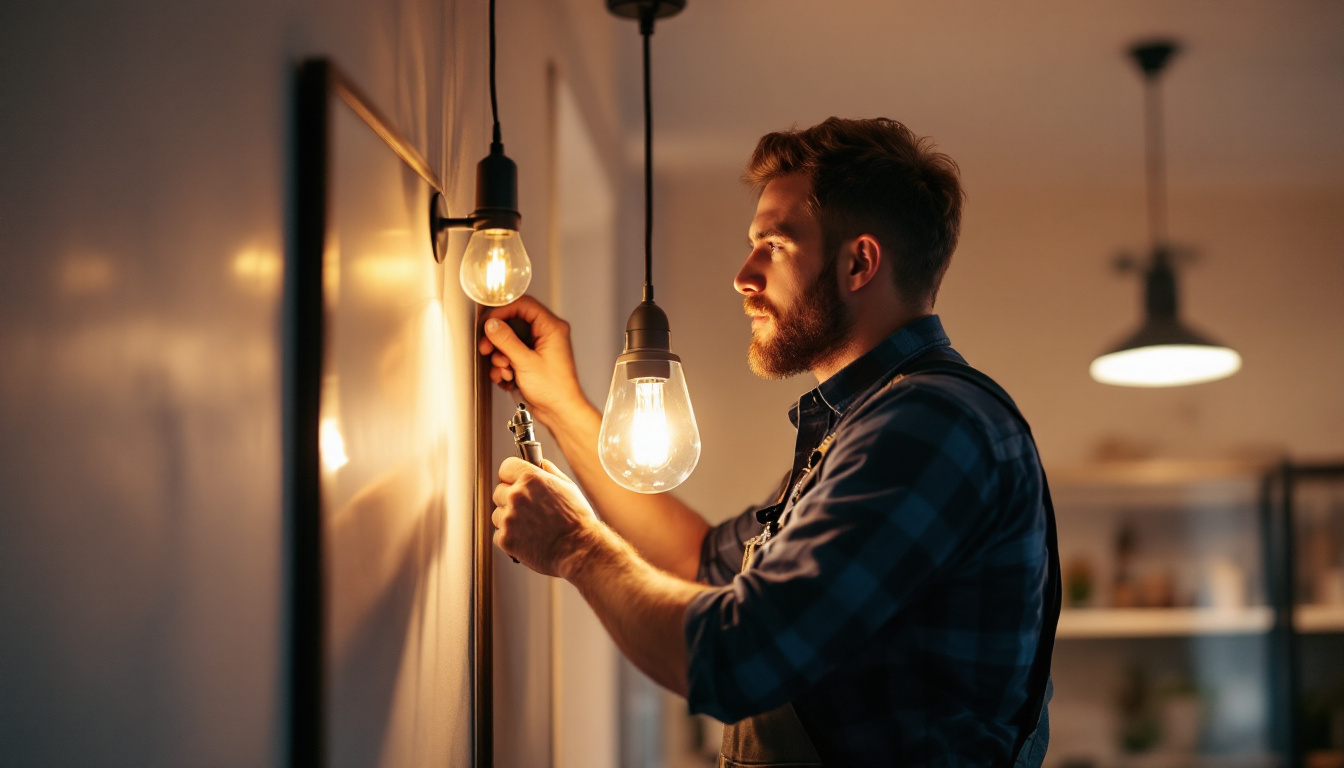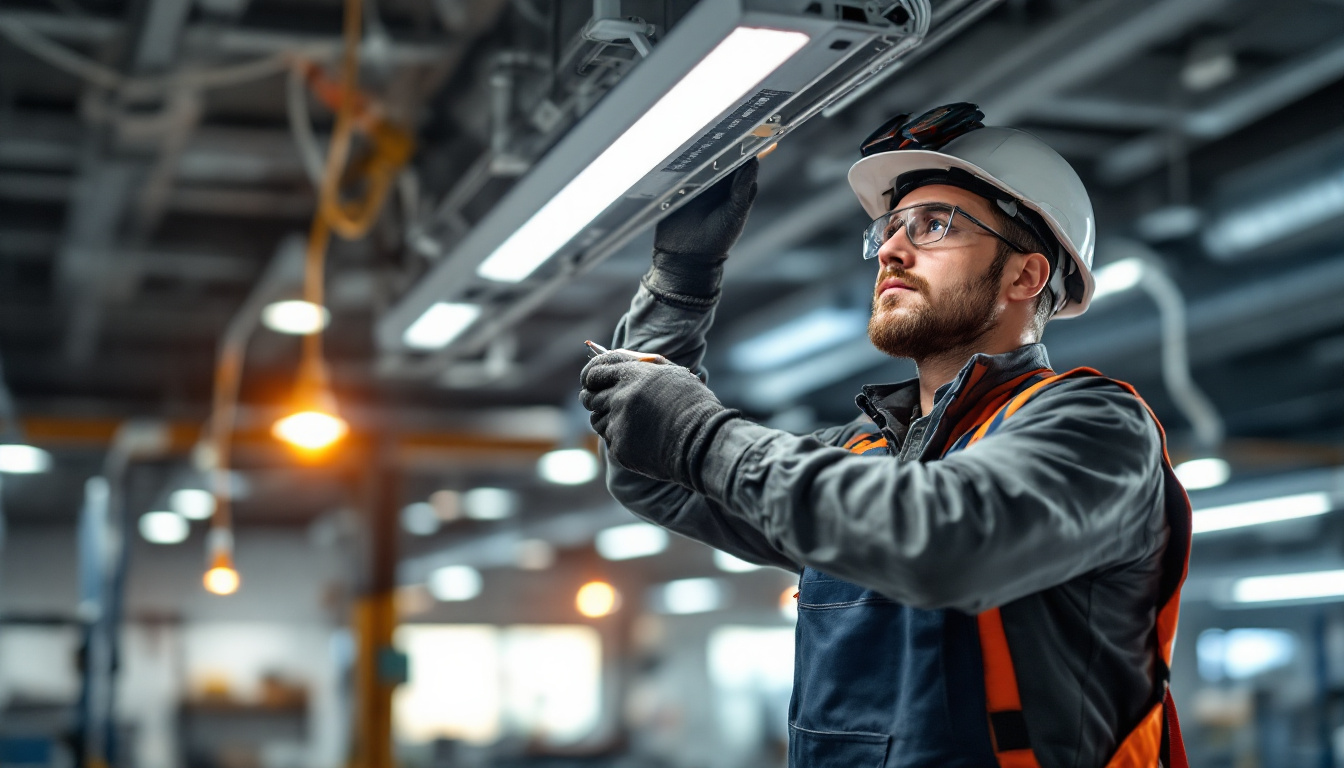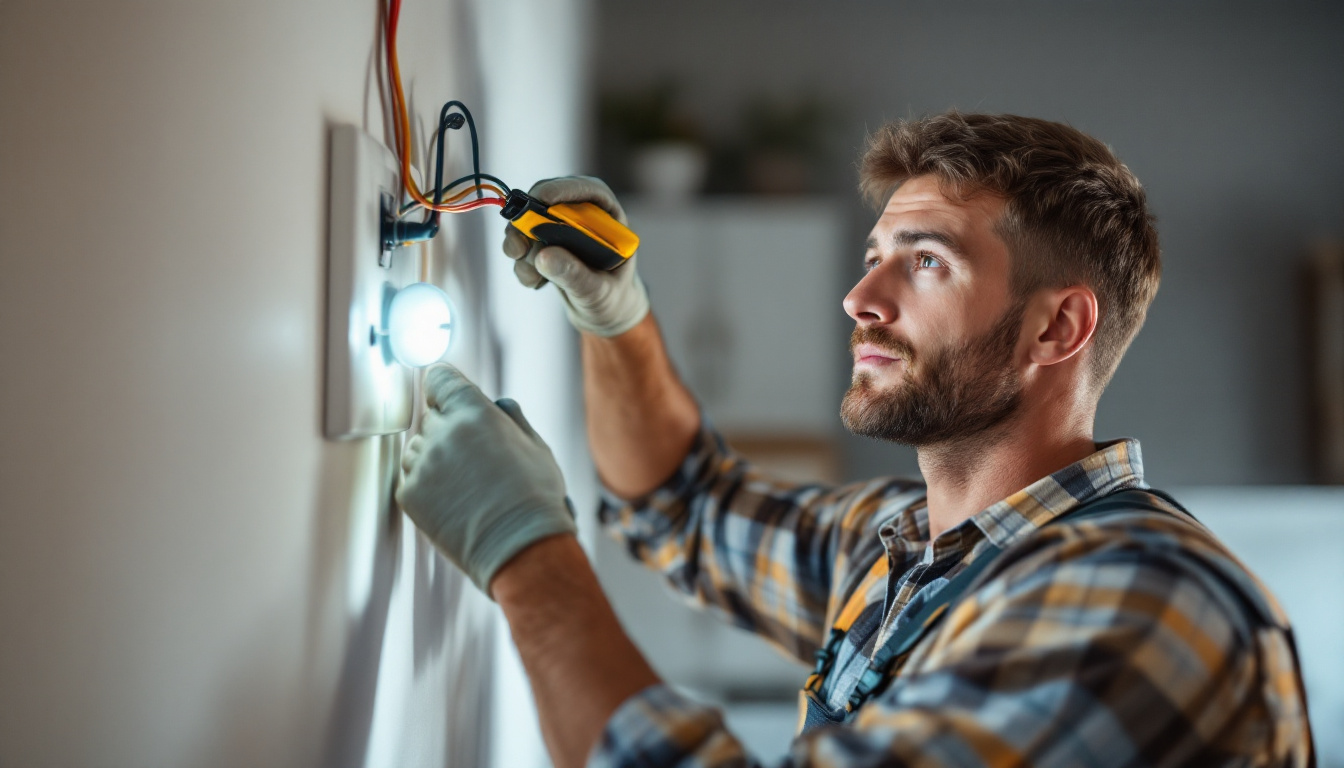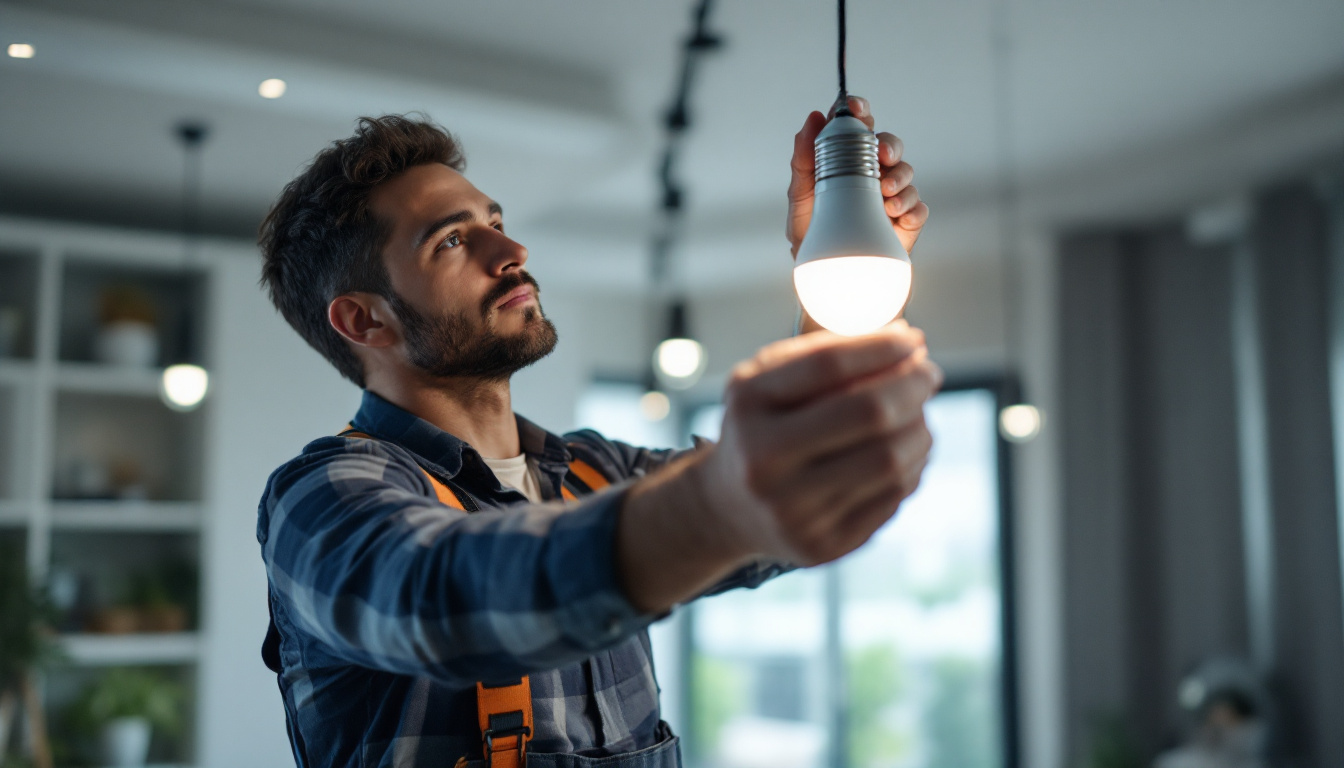
Outdoor basketball courts are a popular feature in many communities, schools, and recreational centers. proper lighting is crucial for ensuring safety, visibility, and an enjoyable playing experience. For lighting contractors, understanding the nuances of outdoor basketball court lighting is essential for delivering high-quality installations that meet the needs of clients and players alike. This article delves into the key aspects of outdoor basketball court lighting, providing insights and guidance for lighting professionals.
Lighting is not merely an aesthetic consideration; it plays a vital role in the functionality and safety of outdoor basketball courts. Proper lighting enhances visibility, enabling players to see the ball and each other clearly, which is particularly important during evening games. The right lighting setup can transform a court into a welcoming space where players of all ages can gather, practice, and compete, regardless of the time of day.
One of the primary reasons for investing in quality lighting is safety. Poorly lit courts can lead to accidents, injuries, and a decrease in the overall enjoyment of the game. A well-lit court reduces the risk of players colliding with each other or with obstacles, ensuring a safer environment for all participants. Additionally, proper lighting can help coaches and spectators keep an eye on the game, allowing for better supervision and support during play.
Moreover, adequate lighting can deter unwanted activities in and around the court. A brightly illuminated area is less likely to attract vandalism or other criminal activities, making it a safer space for the community. This sense of security encourages families to visit the courts, fostering a sense of community and promoting healthy, active lifestyles among residents. In many neighborhoods, well-lit courts become hubs of social interaction, where friendships are formed and local events can be organized.
Lighting affects not only safety but also the quality of play. Players need to be able to track the ball and anticipate movements without straining their eyes. Properly designed lighting systems can enhance the overall experience, allowing players to perform at their best, regardless of the time of day. The use of high-quality LED lights, for instance, can provide a more uniform distribution of light across the court, minimizing shadows and glare that can disrupt gameplay.
In addition, well-lit courts can extend playing hours, enabling communities to utilize these facilities more effectively. This increased usage can lead to greater community engagement and a more vibrant atmosphere around the court. Local leagues and tournaments can be organized in the evenings, providing opportunities for competition and camaraderie. Furthermore, the presence of good lighting can encourage young players to practice their skills after school, contributing to their development and passion for the sport. The ripple effect of investing in proper lighting can be felt throughout the community, promoting not just basketball, but a culture of health, teamwork, and resilience.
When it comes to outdoor basketball court lighting, various solutions are available, each with its own advantages and disadvantages. Lighting contractors must be well-versed in these options to recommend the best solutions for their clients.
LED lights have become increasingly popular for outdoor sports facilities due to their energy efficiency, longevity, and low maintenance requirements. They provide bright, uniform lighting that enhances visibility on the court while consuming significantly less energy than traditional lighting options.
Additionally, LED fixtures are available in various designs, allowing for flexibility in installation. They can be mounted on poles, integrated into existing structures, or used in standalone applications, making them suitable for a wide range of court configurations. Furthermore, many LED systems offer adjustable brightness settings, enabling users to customize the light intensity based on the time of day or specific game requirements. This adaptability not only enhances the playing experience but also contributes to energy savings when full brightness is not necessary.
Metal halide lights have been a standard choice for outdoor sports lighting for many years. They offer excellent color rendering and brightness, which can be beneficial for visibility during play. However, they consume more energy than LED lights and have a shorter lifespan, leading to higher maintenance costs over time.
While metal halide fixtures can still be effective, many contractors are now transitioning to LED solutions due to the long-term benefits they provide. Additionally, metal halide lights often require a warm-up period before reaching their full brightness, which can be inconvenient during events or practices that require immediate lighting. This delay can also affect the overall experience for players and spectators alike. As technology advances, the industry is seeing a shift towards more efficient lighting solutions that not only improve performance but also reduce environmental impact, making it essential for facility managers to stay informed about the latest developments in sports lighting technology.
Designing an effective lighting system for an outdoor basketball court involves several critical factors. Lighting contractors must take into account the specific needs of the court, the surrounding environment, and the preferences of the stakeholders involved.
The recommended illumination levels for outdoor basketball courts vary based on the level of play. For recreational play, a minimum of 20 foot-candles is typically sufficient, while competitive play may require upwards of 50 foot-candles. Understanding these requirements is essential for ensuring that the lighting system meets the needs of the players.
In addition to overall illumination levels, contractors must also consider uniformity. The lighting should be evenly distributed across the court to prevent dark spots that could affect visibility. This can be achieved through careful placement of fixtures and the use of appropriate lighting technologies.
The placement of lighting fixtures is another critical aspect of the design process. Fixtures should be positioned to minimize glare and shadows while maximizing coverage. Typically, poles are placed at the corners and along the sidelines of the court, with the height and angle of the fixtures adjusted to achieve optimal lighting.
Contractors should also consider the surrounding environment when determining fixture placement. Trees, buildings, and other structures can obstruct light and create shadows, which may necessitate adjustments to the lighting design.
Once the design is finalized, the installation process begins. Adhering to best practices during installation is crucial for ensuring the longevity and effectiveness of the lighting system.
Before installation, the site must be adequately prepared. This includes clearing the area of debris, ensuring that the ground is level, and marking the locations for poles and fixtures. Proper site preparation can prevent complications during installation and ensure that the lighting system functions as intended.
Additionally, contractors should assess the electrical infrastructure to ensure it can support the new lighting system. Upgrades may be necessary to accommodate energy-efficient solutions like LED lighting.
After installation, thorough testing is essential to ensure that the lighting system operates correctly. This includes checking for uniformity, measuring illumination levels, and ensuring that there are no dark spots on the court. Any issues identified during testing should be addressed promptly to guarantee that the system meets the required standards.
Commissioning the lighting system involves final adjustments and calibrations to optimize performance. This step is crucial for ensuring that the lighting meets the needs of the players and provides a safe and enjoyable playing environment.
Maintaining outdoor basketball court lighting is essential for ensuring its longevity and effectiveness. Regular maintenance can prevent issues that could disrupt play and reduce the lifespan of the system.
Lighting contractors should recommend routine inspections to check for any signs of wear and tear, such as flickering lights, damaged fixtures, or accumulated dirt and debris. Regular inspections can help identify potential problems before they escalate, ensuring that the lighting system remains in optimal condition.
Additionally, contractors should educate clients on the importance of keeping the area around the court clean and free of obstructions that could interfere with lighting performance.
As technology evolves, lighting systems may require upgrades or replacements to maintain efficiency and performance. Contractors should stay informed about advancements in lighting technology and be prepared to recommend upgrades when necessary. This could involve replacing outdated fixtures with newer, more efficient models or retrofitting existing systems with the latest technologies.
Lighting contractors must also be aware of any regulatory considerations that may impact outdoor basketball court lighting installations. Local ordinances and regulations can dictate specific requirements for lighting systems, including brightness levels, fixture types, and hours of operation.
It is essential for contractors to familiarize themselves with local codes and regulations to ensure compliance during installation. Failure to adhere to these requirements can result in fines, project delays, or even the need to redo work that does not meet standards.
Contractors should also consider the impact of lighting on surrounding areas, particularly in residential neighborhoods. Glare and light pollution can be concerns, and contractors may need to implement measures to mitigate these issues, such as using shielded fixtures or adjusting the angle of lights.
Outdoor basketball court lighting is a critical component of creating a safe and enjoyable environment for players and spectators alike. For lighting contractors, understanding the importance of proper lighting, the various types of solutions available, and the best practices for design, installation, and maintenance is essential for delivering high-quality results.
By staying informed about advancements in lighting technology and regulatory considerations, contractors can ensure that their installations meet the needs of their clients while providing a safe and engaging space for the community. Investing in quality lighting solutions not only enhances the playing experience but also contributes to the overall vitality and safety of the community.
In the competitive landscape of lighting contracting, expertise in outdoor basketball court lighting can set professionals apart, making them valuable partners for schools, municipalities, and recreational facilities looking to enhance their outdoor sports offerings.
Ready to elevate your outdoor basketball court projects with superior lighting solutions? At LumenWholesale, we provide lighting contractors with high-quality, spec-grade lighting products at unbeatable wholesale prices. Say goodbye to local distributor markups and hello to our extensive selection that meets the highest industry standards. With free shipping on bulk orders, you can trust that you’re getting premium lighting at the best value — no hidden fees or compromises. Enhance your installations with the perfect blend of quality, affordability, and convenience. Wholesale Lighting at the Best Value is just a click away. Experience the LumenWholesale difference today!

Explore the latest best practices in lightbulb use as lighting contractors share insights on energy efficiency, sustainability, and innovative technologies shaping modern illumination.

Discover essential tips and expert advice for lighting contractors on electrical ballast replacement.

Explore the top challenges lighting contractors face when integrating motion detector outlets.

Discover expert insights and practical advice from lighting contractors on maximizing the efficiency and lifespan of Flourcenet bulbs.